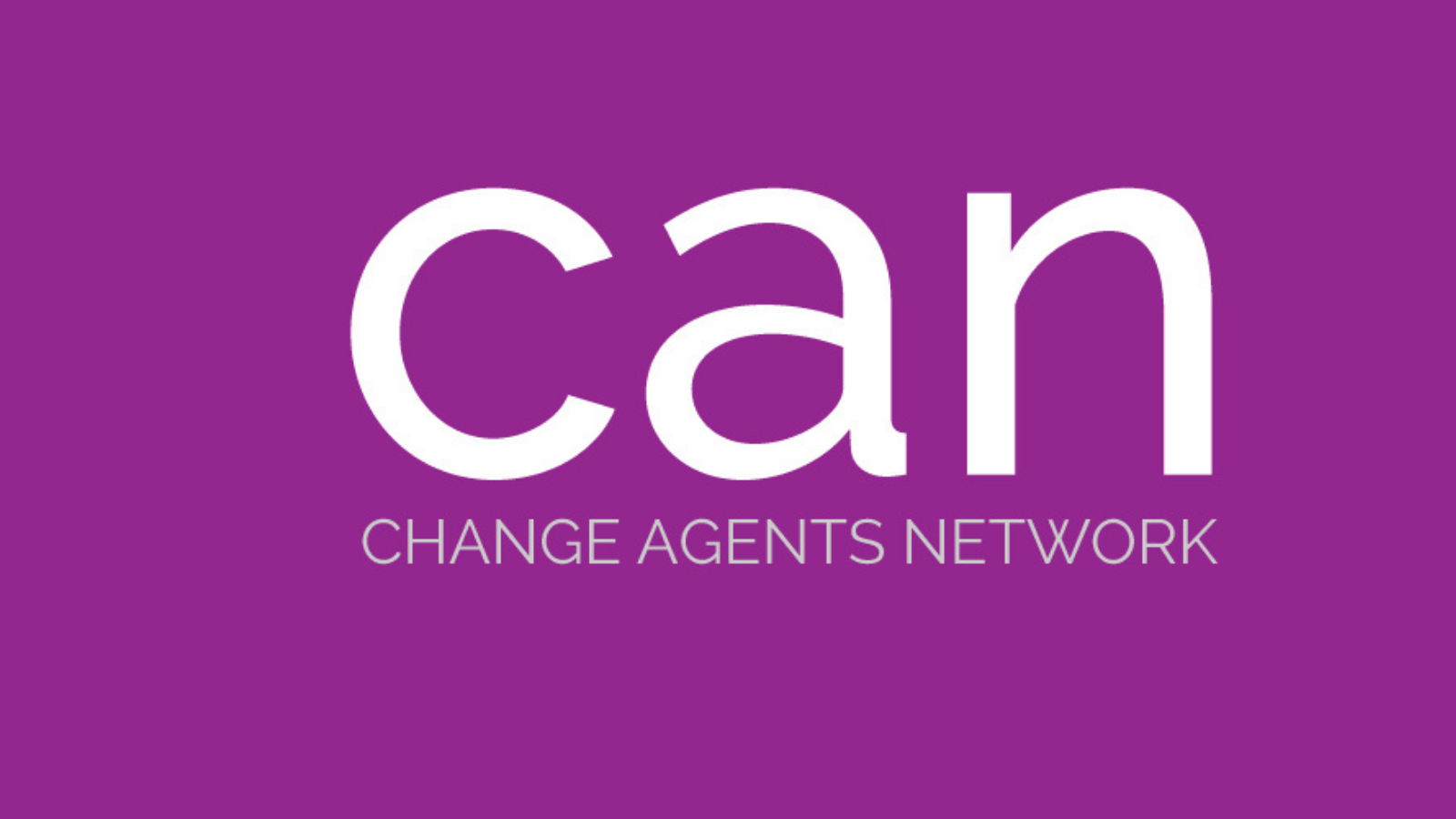This article was published in the ADWEEK
The source of the image is Vision India Foundation
WORKPLACE BY FACEBOOK IS LOOKING TO BECOME A WORKPLACE FOR GOOD
NONPROFITS AND EDUCATIONAL INSTITUTIONS GET FREE ACCESS TO ITS PREMIUM TOOLS
Read full article on ADWEEK
Nonprofits and educational institutions have some new, powerful tools to aid their efforts, as Facebook announced that the Workplace Premium tier of its Workplace by Facebook Slack alternative is available to them free-of-charge.
The social network announced its Workplace for Good initiative, which is being led by Annette Gevaert, who had been Workplace by Facebook’s head of business development for Europe, the Middle East and Africa.
Gevaert said in a blog post that a dedicated team is being put in place to grow Workplace for Good’s Efforts, and she offered the following examples of how nonprofits and educational institutions are using Workplace by Facebook’s features:
- Video chat: It Gets Better holds weekly meetings to update its global affiliate network of some 500 people in more than 20 countries.
- Groups: Vision India Foundation keeps about 5,000 alumni and volunteers posted on campaign news, reducing organizational costs and time spent in meetings.
- News Feed: Gevaert wrote, “When Australian Catholic University’s national sustainability manager posted a message about disposable coffee cups onto his News Feed, it was seen, shared and commented on by hundreds of students and staff members, which resulted in a campaign that cut plastic consumption on campus.”
- Bots: Oxfam’s OxBot is a jargon-busting bot that tells employees what specific acronyms mean and provides links to other internal sources of information.
- Integrated tools: Oxfam launched Workplace by Facebook using an integration with Okta to provide single-sign-on access for 10,000 employees, as well as an integration with Box allowing work across multiple tools.
- Accessibility: The Royal Institute of Blind People provides screen-reading tools to the 20 percent of its workforce that is visually impaired.

